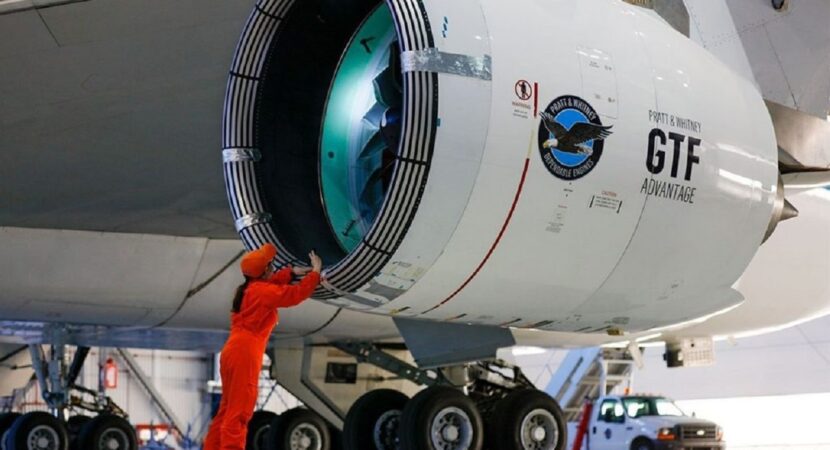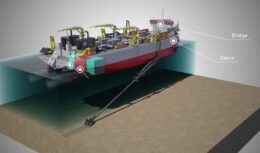
The development of the hydrogen engine was the responsibility of a large US company that manufactures aircraft engines. With the new technology, commercial aviation will be much more efficient and safer
The American company in the field of manufacturing aircraft engines, Pratt & Whitney, announced last Monday, February 21, that it was selected by the United States Department of Energy (DoE) to develop a new hydrogen propulsion technology, with a high degree of efficiency, entirely intended for commercial aviation. The development of this new technology is of primary interest to the Advanced Research Projects Agency – Energy (ARPA-E) of the DoE.
Read also
- 100% electric plane will be tested by NASA later this week
- Meet Destinus, the hydrogen-powered hypersonic plane capable of transporting cargo between continents in less than two hours
- Boom Supersonic is building the world's fastest and most sustainable supersonic plane
- Roc Stratolaunch, the largest plane in the world, with the largest wing, measuring 117 meters, 6 engines and with one of the strangest designs in the world, concluded yesterday (16/01) the first test flight reaching 330 KM/h of speed
- Rubber in the interior of Rio Grande do Norte builds a plane with a beetle engine and scrap cars, motorcycles, trucks and bicycles
Understand how the new hydrogen propulsion technology will work, intended for commercial aviation
The new design of the hydrogen engine, turbine type, intercooled and with 'Hydrogen Steam Injected, Inter-Cooled Turbine Engine' (injected steam), the HySIITE, will use liquid hydrogen combustion, with a water vapor recovery system, with the aim of reaching the level of zero CO2 emissions during the flights performed, while the emissions of nitrogen oxide (NOx) are reduced by up to 80%, also reducing fuel consumption by around 35% for the next generation single-aisle aircraft.
The new HySIITE hydrogen engine will burn hydrogen in a type of thermodynamic engine cycle, capable of incorporating steam injection, with the aim of greatly reducing NOx emissions, which is a greenhouse gas.
Pratt & Whitney Hydrogen Engine Technologies
The semi-closed system structure that was uniquely designed for HySIITE will be able to achieve much higher thermal efficiency than fuel cells, as well as lower total operations costs when compared to the use of other sustainable aviation fuels.
The development of this hydrogen engine is the first direct collaboration between Pratt & Whitney and ARPA-E. According to Pratt & Whitney Senior Vice President of Engineering and Technology, Geoff Hunt, this is a very exciting opportunity for Pratt & Whitney to begin developing core technologies that could bring to life the first intercooled, steam-injected, hydrogen engine.
Hunt said that for nearly 100 years, Pratt & Whitney has been at the forefront of innovating cutting-edge technologies that help constantly improve aircraft engine efficiency.
Pratt & Whitney Satisfaction and Environmental Responsibility
Pratt & Whitney's Vice President of Engineering reported that everyone at the company is delighted to have been selected to work on the development of what could be the next breakthrough technology in the aviation industry.
Pratt & Whitney Chief Sustainability Officer Graham Webb said the company has an extensive legacy of developing hydrogen-powered propulsion, and added that everyone is excited to vigorously advance this emerging technology, making it part of Pratt & Whitney's overarching strategy, in support of the airline industry's ambitious goal of achieving zero net CO2 emissions from aircraft by the year 2050.









Que vergonha! Antes de escrever qualquer matéria,…
TO COMPLETE THESE THEY PUT GENERAL WATERMELON🍉 TOMÁS…
Approved. Where to find? What is the estimated price?…
WHAT A DISSERVICE! The solution to waste…
Very cool!
35 tons of gold went to…
Throwing a lot of rubbish into the sea...
The right is extremely trustworthy. Kkkkkkkkkkkkkk